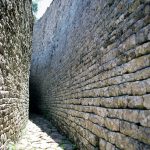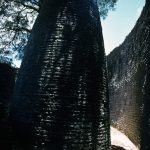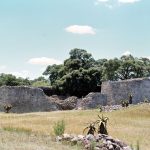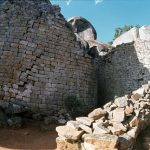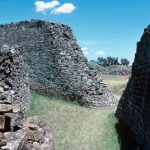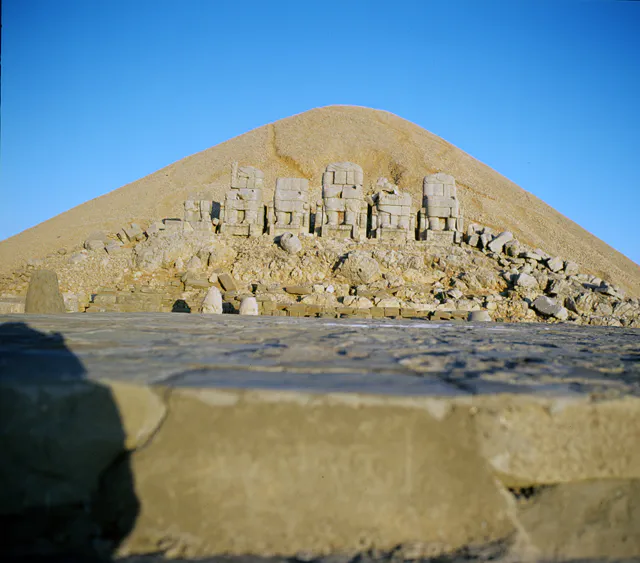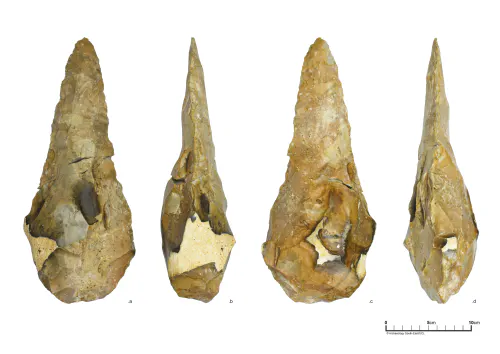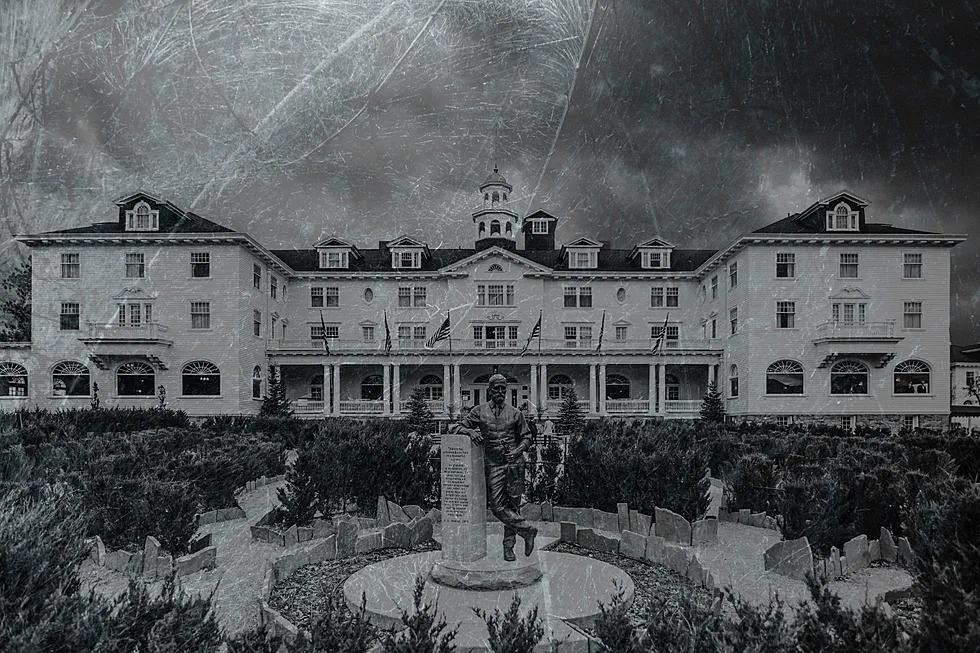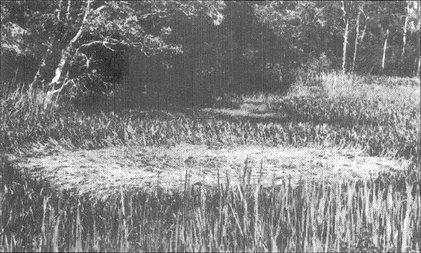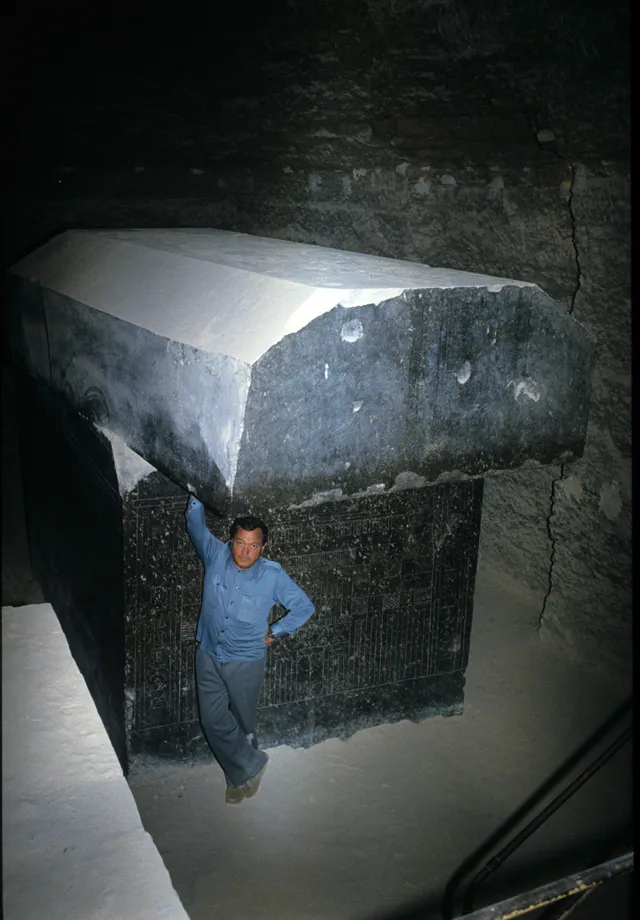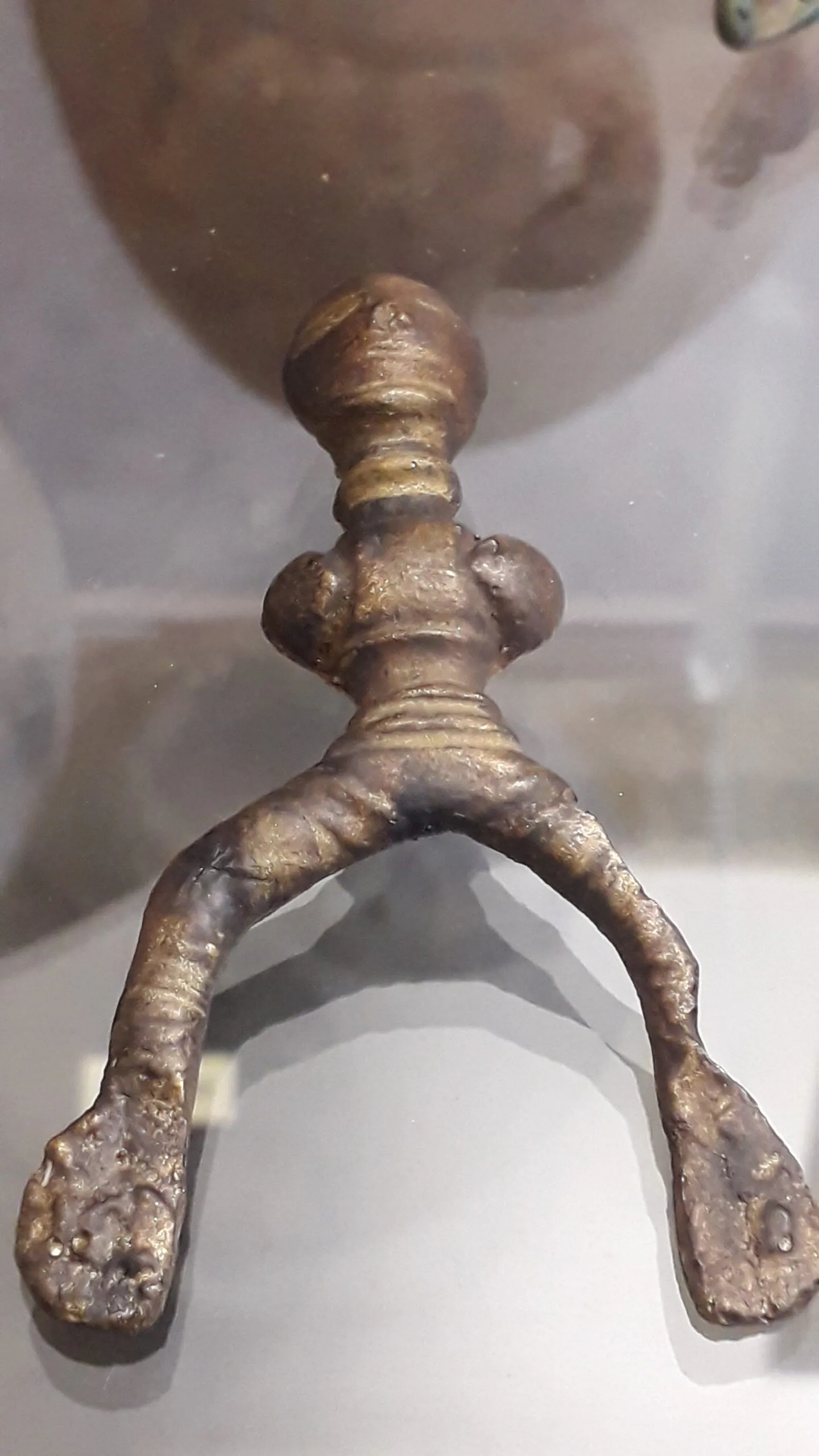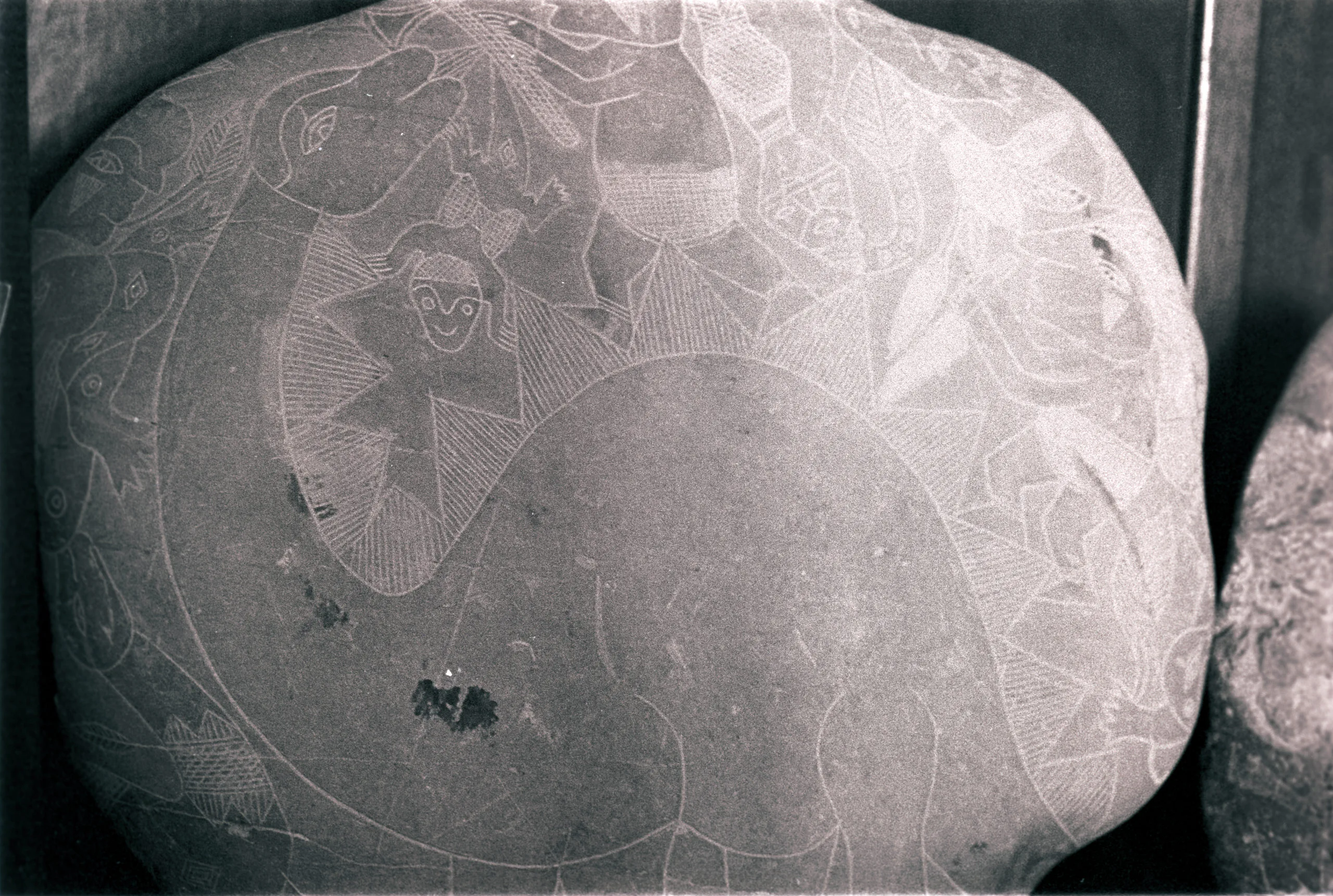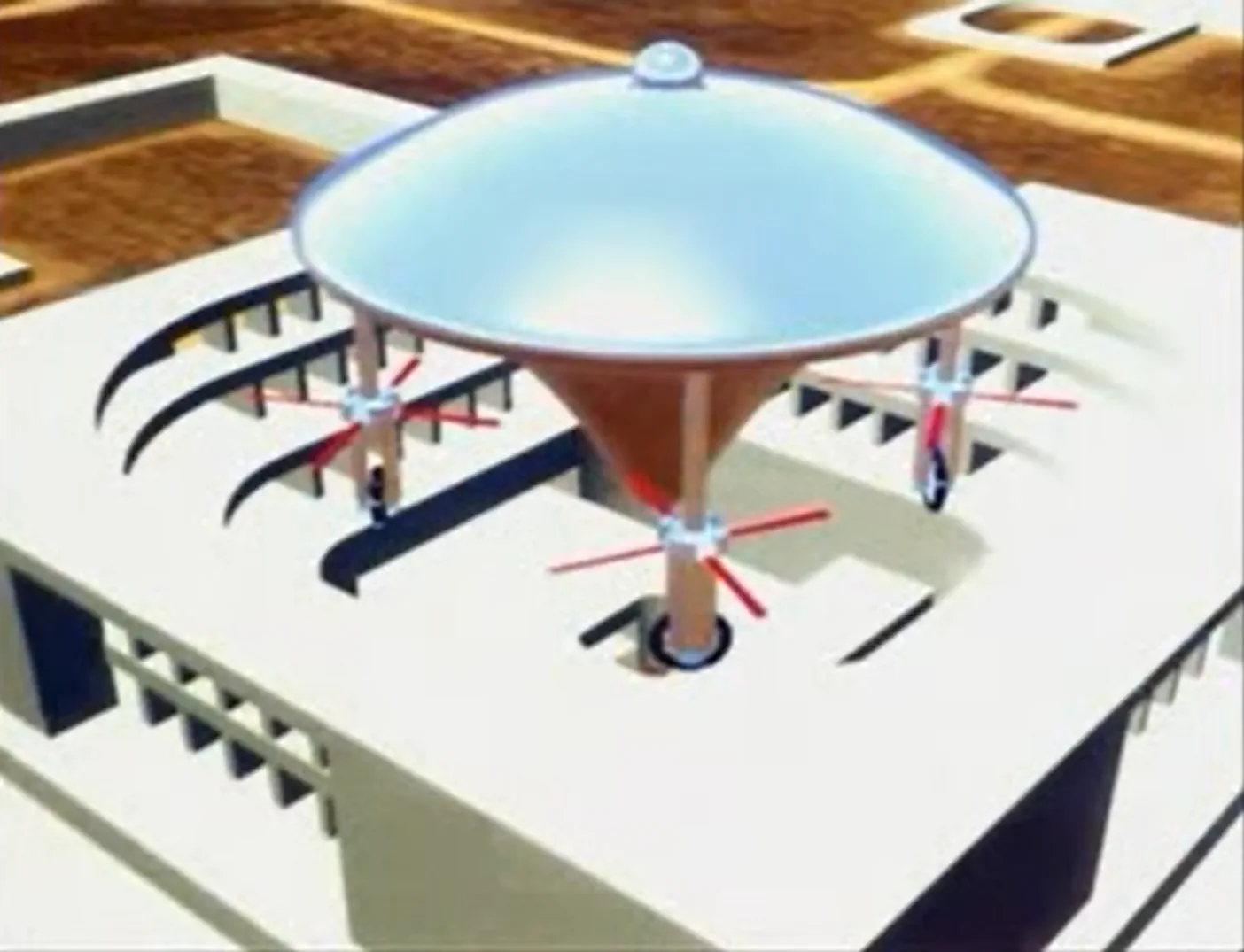Fort Victoria – Zimbabwe
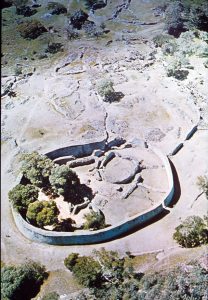 Real X-File ID: 1311
Real X-File ID: 1311
Report Date: 10/06/2016
Country: Zimbabwe
Place: The Great Enclosure – Great Zimbabwe National Monument
Fingerprints: Traces of ancient advanced engineering-skills
Existing Facts Sources: Pictures that obviously proof advanced engineering-skills or any other anomaly or strange behaviour, Book
Summary Report:
Great Zimbabwe (also Old Zimbabwe) is a ruined town located 39 kilometers from Masvingo in the Masvingo Province of Zimbabwe. The name Zimbabwe means Great Stone Houses or Honored Houses, depending on the dialect. The name prefix “Great” serves to distinguish about 150 smaller ruins, called “Zimbabwes,” scattered throughout the country of Zimbabwe. There are also about 100 Zimbabweans in Botswana, while the number of Zimbabweans in Mozambique cannot yet be estimated. The site covers a fenced area of 722 hectares and is divided into four parts: On the hill is the so-called mountain ruin, in the valley plain south of it the enclosures, east of it the museum-like Shona village and west of the enclosures the modern infrastructure. The surrounding wall of Great Zimbabwe, also called the “great enclosure”, has a length of 255 meters and consists of about one million stones. The wall is on average 10 meters high and is between 4 – 6 meters thick at it s base. The Great Enclosure consists of several parts inside, first the enclosure No. 1, the central area, the original outer wall, the conical tower and the narrow tower and the dakha platforms. The conical tower made of stone is still ten meters high today. Its diameter is five meters at the base and about two meters at the top. The tower, as one might assume, is not hollow inside but solid and is built directly on the ground. The tower does not seem to have any conventional function. Tower buildings of unexplored function arose for example also in Oman and on Sardinia (Nuraghe).
Erich von Däniken came across a remarkable parallel to old traditions of the Dogon tribe during his research on Zimbabwe and writes about it in his book “Das unheilige Buch”: “… When I saw an elevation of the site in the small museum of Zimbabwe, it fell from my eyes like the famous scales. The drawings of the Dogon about the Sirius system resembled in intricate way the plant of Zimbabwe…” and further: “… The Dogon assure, around the bright Sirius a small star moves, which is however very compact. Sirius B is a neutron star. Was the heavy Sirius B represented by the tower in the system of Zimbabwe? Further the Dogon report additional objects in the Sirius system: Emme Ya and Schuster. Do the unexplained smaller ellipses within the orbit of Sirius B represent these celestial bodies? The solution around the purpose and the meaning of the hard to understand installation of Zimbabwe could very well be connected with the lore of the Dogon. Did their ancestors build a gigantic model of the Sirius system in faith in their god Nommo? It is known that their forefathers migrated to Mali from somewhere. The eight “Zimbabwe birds” found in the “Acropolis” point in the same direction. They resemble the sacred Egyptian falcon of the god Horus. Robert Tempel also suggests the Dogon may have mixed parts of their knowledge with Egyptian lore. After all, the oldest Egyptian calendar is a Sirius calendar, of all things, and Isis, the consort of Osiris, is also the goddess of the constellation Sirius.
Similar questions arise about this ancient site as they do with many of the other mysterious sites around the globe. How and why was the site originally built and what was its original purpose? Is there an archaeo-astronomical connection to Dogon lore? Why have artifacts been found that indicate contact with other cultures? Why have so many “smaller” Zimbabweans been discovered in many places in Africa?
Google Streetview: Google Streetview
Links:
Facts Source Details:
Details of Book: Prophet der Vergangenheit, Das unheilige Buch,Erich von Däniken,Kopp Verlag, Kopp Verlag,05/01/2012, 10/01/2014
Pictures:

